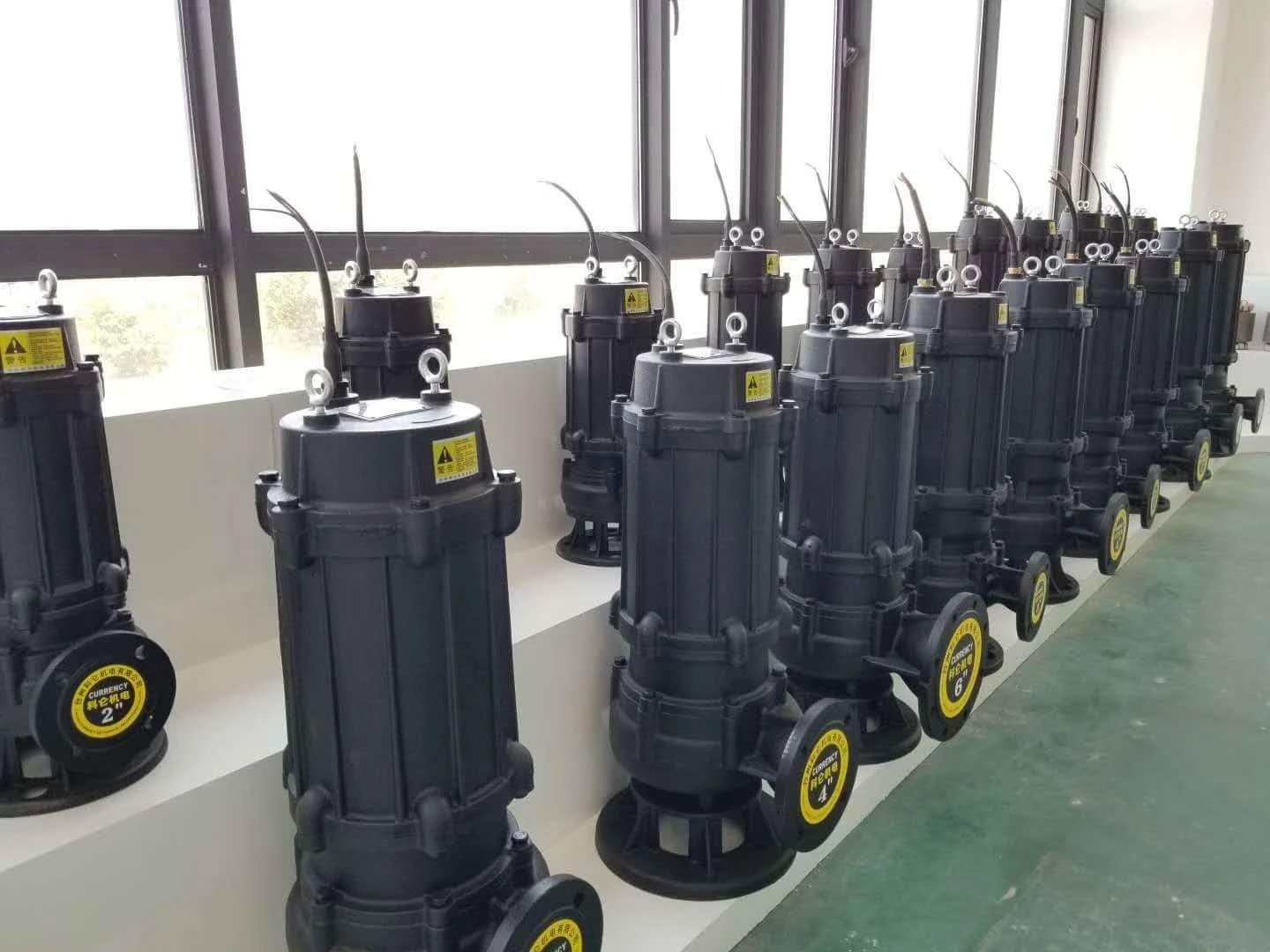English
- Afrikaans
- Albanian
- Amharic
- Arabic
- Armenian
- Azerbaijani
- Basque
- Belarusian
- Bengali
- Bosnian
- Bulgarian
- Catalan
- Cebuano
- Corsican
- Croatian
- Czech
- Danish
- Dutch
- English
- Esperanto
- Estonian
- Finnish
- French
- Frisian
- Galician
- Georgian
- German
- Greek
- Gujarati
- Haitian Creole
- hausa
- hawaiian
- Hebrew
- Hindi
- Miao
- Hungarian
- Icelandic
- igbo
- Indonesian
- irish
- Italian
- Japanese
- Javanese
- Kannada
- kazakh
- Khmer
- Rwandese
- Korean
- Kurdish
- Kyrgyz
- Lao
- Latin
- Latvian
- Lithuanian
- Luxembourgish
- Macedonian
- Malgashi
- Malay
- Malayalam
- Maltese
- Maori
- Marathi
- Mongolian
- Myanmar
- Nepali
- Norwegian
- Norwegian
- Occitan
- Pashto
- Persian
- Polish
- Portuguese
- Punjabi
- Romanian
- Russian
- Samoan
- Scottish Gaelic
- Serbian
- Sesotho
- Shona
- Sindhi
- Sinhala
- Slovak
- Slovenian
- Somali
- Spanish
- Sundanese
- Swahili
- Swedish
- Tagalog
- Tajik
- Tamil
- Tatar
- Telugu
- Thai
- Turkish
- Turkmen
- Ukrainian
- Urdu
- Uighur
- Uzbek
- Vietnamese
- Welsh
- Bantu
- Yiddish
- Yoruba
- Zulu
Telephone: +86 13120555503
Email: frank@cypump.com
Oct . 19, 2024 22:55 Back to list
efficient solutions for transporting heavy concrete slurry ...
Efficient Solutions for Transporting Heavy Concrete Slurry
Transporting heavy concrete slurry presents a significant challenge in the construction industry. The thick, viscous nature of concrete slurry can complicate logistics, requiring specialized methods to ensure efficiency and effectiveness. This article explores the innovative solutions that have emerged to tackle these challenges, focusing on reducing costs, improving time management, and enhancing the safety of construction processes.
Understanding Concrete Slurry
Concrete slurry, a mixture of water, cement, and aggregates, is typically used in various construction applications, including foundation work, road construction, and repairs. Its density and consistency can make transportation cumbersome, often leading to delays, increased labor costs, and potential hazards. Therefore, finding ways to transport this material efficiently is crucial for maintaining project timelines and budgets.
Challenges in Transporting Heavy Concrete Slurry
One of the primary challenges in transporting concrete slurry is its weight and viscosity. Standard transportation equipment may not be adequate, as traditional trucks can struggle with the weight and resistance of thick mixtures. Additionally, the potential for spillage during transit poses environmental and safety risks. This means that companies must not only think about moving the material but doing so reliably and safely.
Innovative Transportation Solutions
1. Pumping Systems Utilizing specialized pumping systems can significantly enhance the transportation of concrete slurry. High-pressure pumps are capable of moving viscous materials through hoses, reducing the need for traditional trucking methods. This approach minimizes spillage and ensures that the slurry reaches its destination efficiently, even over long distances.
efficient solutions for transporting heavy concrete slurry ...

2. Agitator Trucks Agitator or mixer trucks are specifically designed to transport concrete. These vehicles keep the concrete in motion, preventing it from setting during transit. Modern agitator trucks are now equipped with hydraulic systems that can maintain the consistency of the slurry, making them an ideal choice for transporting heavy mixtures.
3. Auger Transport Systems Some construction companies are adopting auger transport systems for their ability to handle thick mixtures. An auger system can move concrete slurry in a controlled manner, further minimizing the risk of spillage and improving efficiency during transportation.
4. Bulk Containers Implementing bulk containers is another effective solution. These containers are designed to hold heavy materials and can be loaded onto trucks or transported via rail, depending on the project’s requirements. Bulk containers allow for safer transportation of concrete slurry over longer distances without the risk of loss.
5. Telematics and Automation The integration of telematics and automation in transportation logistics can optimize routes and monitor real-time conditions. By leveraging GPS technology and data analytics, construction companies can streamline their transportation processes, reducing time and costs associated with transporting concrete slurry.
Safety and Environmental Considerations
With the challenges posed by transporting heavy concrete slurry, safety cannot be overlooked. Proper training for operators, regular maintenance of equipment, and adherence to safety regulations are paramount. Furthermore, companies must also consider environmental impacts, ensuring that transportation methods do not lead to leaks or spillage that could harm local ecosystems.
Conclusion
Efficiently transporting heavy concrete slurry is essential for the modern construction industry. By leveraging innovative solutions such as pumping systems, agitator trucks, auger transport systems, and bulk containers, companies can overcome the challenges associated with moving this heavy material. Additionally, incorporating telematics for route optimization enhances efficiency further. As the construction sector continues to evolve, the adoption of these technologies will play a critical role in ensuring safe, effective, and environmentally friendly transportation of concrete slurry, ultimately leading to more successful project outcomes.
-
ISG Series Vertical Pipeline Pump - Chi Yuan Pumps Co., LTD.
NewsJul.30,2025
-
ISG Series Vertical Pipeline Pump - Chi Yuan Pumps Co., LTD.|energy-efficient fluid handling&industrial durability
NewsJul.30,2025
-
ISG Series Vertical Pipeline Pump - Chi Yuan Pumps | Advanced Engineering&Industrial Efficiency
NewsJul.30,2025
-
ISG Series Pipeline Pump - Chi Yuan Pumps | High Efficiency, Energy Saving
NewsJul.30,2025
-
ISG Series Vertical Pipeline Pump-Chi Yuan Pumps|High Efficiency&Reliable Performance
NewsJul.29,2025
-
ISG Series Vertical Pipeline Pump|High Efficiency&Low Noise
NewsJul.29,2025










